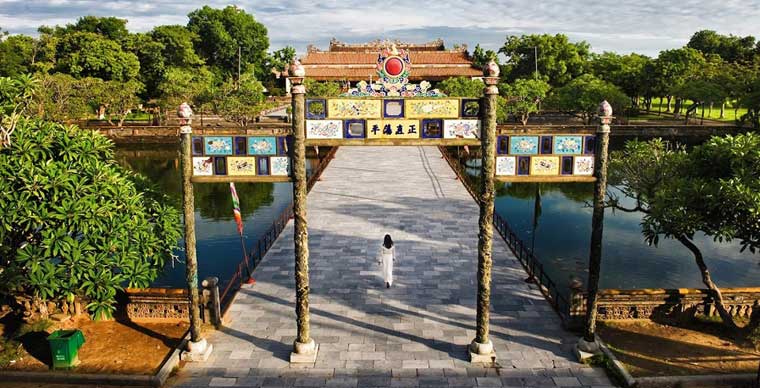
3 reasons to love the Imperial City of Hue
- on Oct 9, 2019 By: Ngoc Nguyen
Hue, the city of poetry whose soul is generated from the marriage between the Huong River (Perfume River) and Ngu Mountain (Ngu Binh), seduces visitors with its peaceful beauty and exceptional history.
Hue was the imperial capital of Vietnam between 1802 and 1945, witness to the succession of thirteen emperors of the Nguyen dynasties. Despite some of its remains in ruins due to the repercussions of three wars, it has preserved almost entirely the architecture of a unique royal heritage including the imperial citadel, palaces, royal tombs and its surrounding landscapes. This gives it an unmatched elegance and universal value that cannot be found anywhere else in the history of Vietnam's ancient capitals. The Imperial City of Hue was the first monument in Vietnam to be recognized as a World Heritage Site by UNESCO in 1993.
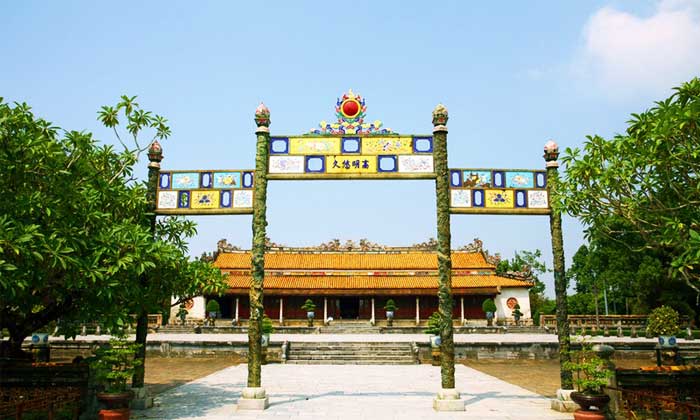
Ngo Mon gate, just before Thai Hoa Palace.
Imperial City of Hue, an imperial heritage of great authenticity
Built between the dynasties of the emperors Gia Long and Minh Mang, Hue citadel, located north of the Perfume River occupies a surface of more than 500ha. Its construction was harmoniously inspired by the principles of traditional architecture and Eastern philosophy with some Western military touches. The citadel has ten fortified gates, each accessible by a bridge. It is rare to be able to contemplate its 140 remains which have been preserved intact for the past two centuries.
Its main entrance, the Meridian Gate (Ngo Mon), is one of four gates of Hue citadel and was reserved exclusively for the emperor. If we consider the door of the South as the face of the citadel, the Palace of Supreme Harmony (Thai Hoa) right behind it is the heart. Inside the imperial city (Dai Noi) are hundreds of beautiful buildings dedicated to the official ceremonies of yesteryear and the Forbidden Purple City (Tu Cam Thanh) –the residence of the royal family.
Your visit to the palaces will not be complete without the discovery of the beautiful tombs of the Nguyen dynasty (Gia Long, Minh Mang, Thieu Tri, Tu Duc, Duc Duc, Dong Khanh and Khai Dinh). These are scattered around the southern part of Hue, about 7 to 16 km from the center. Take your time to enjoy the historical and aesthetic richness of these seven tombs, each of which is unique. The most remarkable of which, according to our suggestions, are those of Gia Long, Minh Mang, Tu Duc and Khai Dinh.
>> Read more: 4 Must-Visit Imperial Tombs in Hue
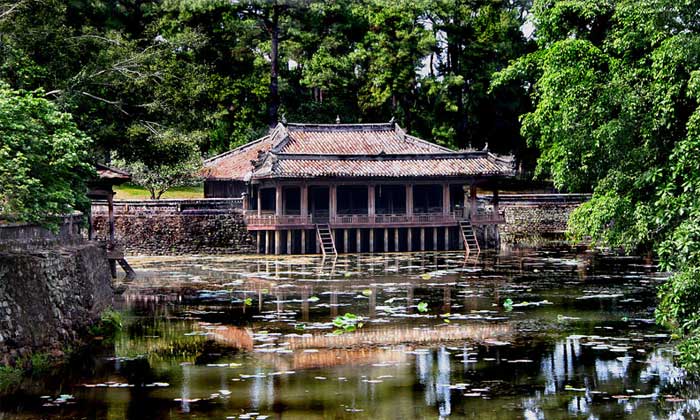
Tu Duc royal tomb, the longest reigning king of all the Nguyen dynasties.
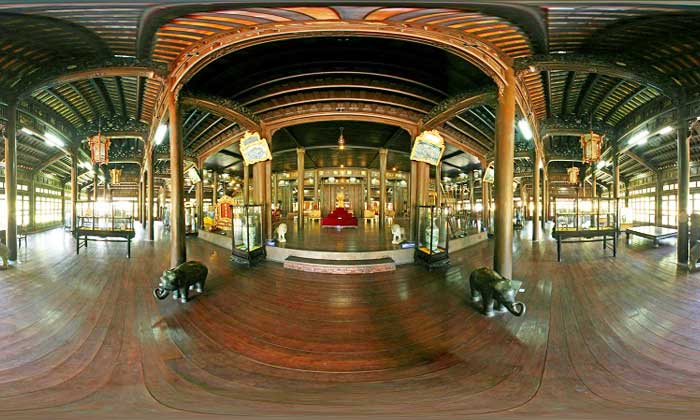
The Hue Museum of Royal Antiquities which was the Long An Palace, one of the most beautiful palaces of Hue, exhibits nearly 10,000 precious objects of royal life.
In the vicinity of the imperial monuments, enjoy the quiet and comfortable little corners, such as the beautiful ancient temples and pagodas, old houses, orchards and gardens. These are all part of the picturesque natural setting of the imperial city of Hue. And not far from the citadel, half an hour of quiet contemplation in the tranquil garden of Thien Mu pagoda, one of the oldest in Vietnam, a religious Mecca of Hue, is definitely worth it.
The imperial City of Hue and its exceptional immaterial heritage
Hue imperial city, open also in the evening from this year, affords you the opportunity to admire it in its uniquely enchanting atmosphere. You will attend royal ceremonies which are reconstructed in sumptuous shows. Examples include performances of the Nam Giao, Xa Tac rituals, the ceremony of changing the guard at the Meridian Gate, the coronation ceremony and more. Also, the reception of ambassadors that does not take place without the royal court music (Nha Nhac), which was notably recognized by Unesco as "Intangible Heritage of Humanity".
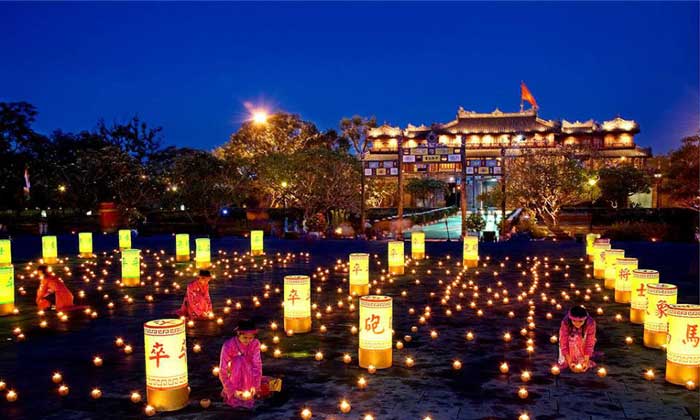
The "Imperial City in the Evening" session of the biennial Hue Festival will immerse you in a spectacular atmosphere of the dazzling ceremonies of royal life.
Along the water of the Perfume River at around 7 pm, don’t forget to appreciate a show of songs from Hue (ca Hue) that exudes all the subtle taste of the soul of the inhabitants. Immerse yourself in the gentle voice of women in "ao dai" - our iconic outfit - that follow you along the trip from Phu Van Lau to Trang Tien Bridge.
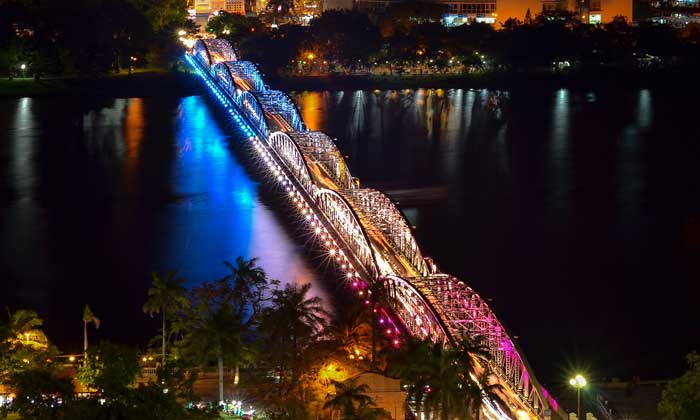
Trang Tien Bridge, a symbol of Hue, was one of the first bridges built by the French in Indochina.
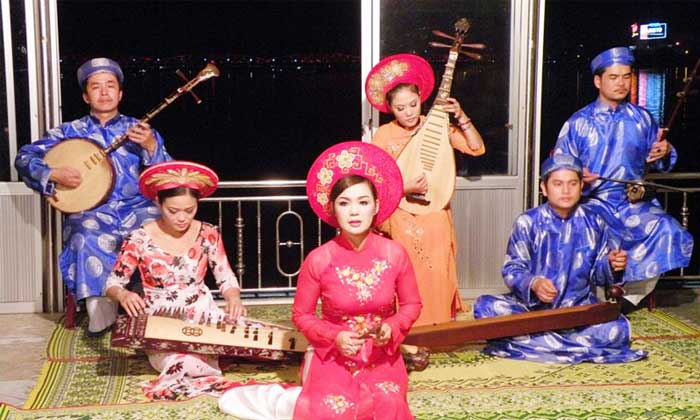
A traditional Hue singing show on a cruise.
The imperial City of Hue and its culinary heritage of great delicacy
Like all Vietnamese tables, the most demanding dishes, from preparation to presentation and tasting, are certainly those of Hue. The special taste and extreme refinement make the reputation of Hue's cuisine a highlight of the legacy of the Nguyen's royal meals. Hue's specialties are so varied and tasty that of the 3,000 national recipes listed, more than 1,700 are from Hue.
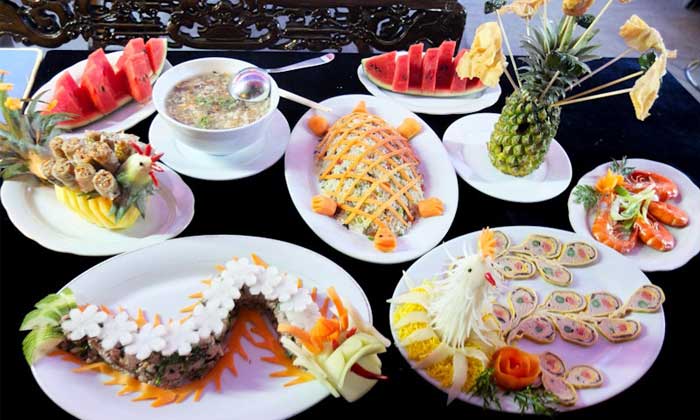
Whatever its style, from royal, folk or vegetarian, its gastronomy has everything to awaken your taste buds as well as your pupils. The names of "bun bo Hue", traditional cakes (banh) as "banh nam", "banh bot loc", "nem nuong", and "nem lui", are popular dishes that have delighted many many travelers with their flavours.
>> Read more: 7 famous foods in Hue
Authentic and abundant historical remains, peaceful and varied landscapes, refined and delicious gastronomy, all that will make you fall to the charm of the poetic old city of Hue.
What must you see and do in Hue?
You will find our tips in the selection of Top 10 best things to do in Hue.
Location of Hue
The capital city of Thua Thien, Hue province in the center of the country. Hue is 654km from Hanoi, 1,051km from Ho Chi Minh City and 85km from Da Nang.
How to get there?
There are three ways to get there: by plane, train and bus.
When to visit Hue?
The months between February and October are more suitable for your discovery of the city of Hue. After October, the city is rather melancholy because of the constant rainy weather.
Related articles:
>> Hue Imperial city - A to Z Travel guide
>> Thuan An beach A-Z Travel guide
>> What to do in Hue in 1 or 2 days?
>> Minh Mang Royal Tomb, architectural jewel of Hue
 Español
Español Français
Français







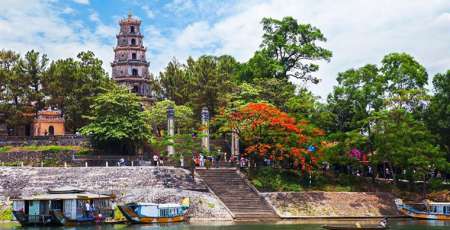

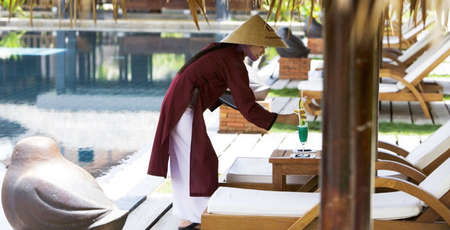
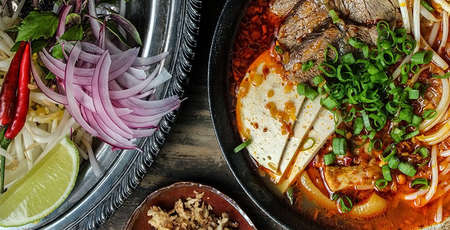

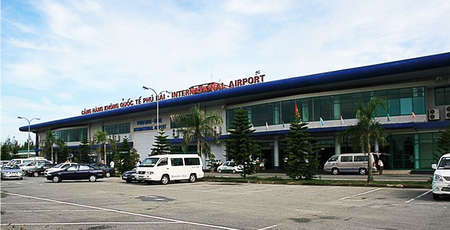







Morgane Ter Cock
on Dec 18, 2025HerbertPhomaMS
on Oct 19, 2025Lilyan Cuttler
on Oct 15, 2025Avenue17XC
on Sep 14, 2025Avenue18JL
on Jul 21, 2025